Imagine a material so light it can balance on a single blade of grass, yet so strong it rivals steel. Aerographene, also known as graphene aerogel, has shattered records as the world’s lightest solid.
This revolutionary substance is made from a delicate web of graphene sheets—atom-thin layers of carbon arranged in a honeycomb lattice.
Born from cutting-edge research in China, aerographene’s unique composition gives it remarkable strength, despite weighing less than air itself.
This extraordinary combination sets the stage for a new era in material science.
1. What Is Aerographene?
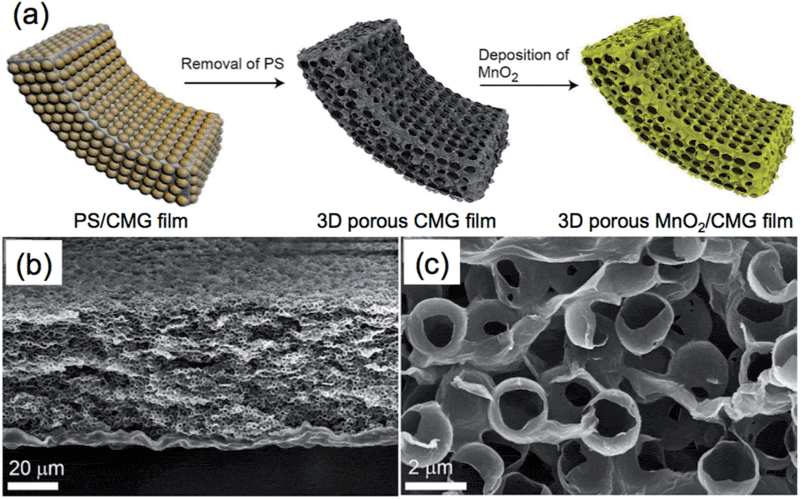
Aerographene is a remarkable 3D carbon network that takes graphene’s celebrated two-dimensional strength and expands it into a spacious, interconnected structure.
Unlike traditional solids, this material is composed of over 99% air, supported by an ultra-light carbon framework.
The result is a substance so light it can literally float on a puff of air, yet it maintains impressive mechanical integrity.
This unique architecture sets aerographene apart from all other materials, paving the way for astonishing new applications.
2. Breaking Records: The Lightest Solid Ever
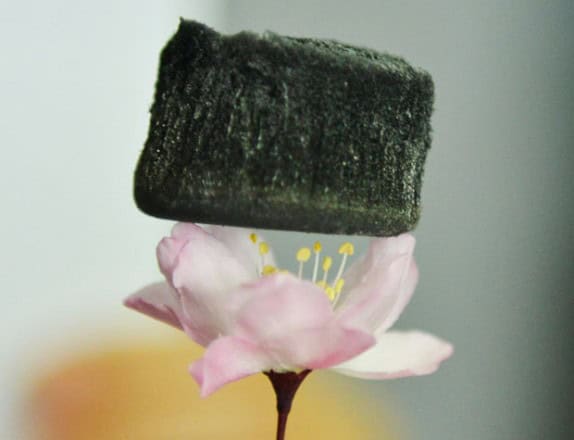
Aerographene has officially claimed its place in the Guinness World Records as the lightest solid ever created, weighing only 0.16 mg/cm³.
Astonishingly, this makes it even less dense than air itself.
Its featherweight properties are not just a scientific curiosity—they open doors to uses where weight reduction is crucial.
This incredible achievement highlights how far materials science has come, enabling the creation of substances that were once thought impossible.
3. Stronger Than Steel
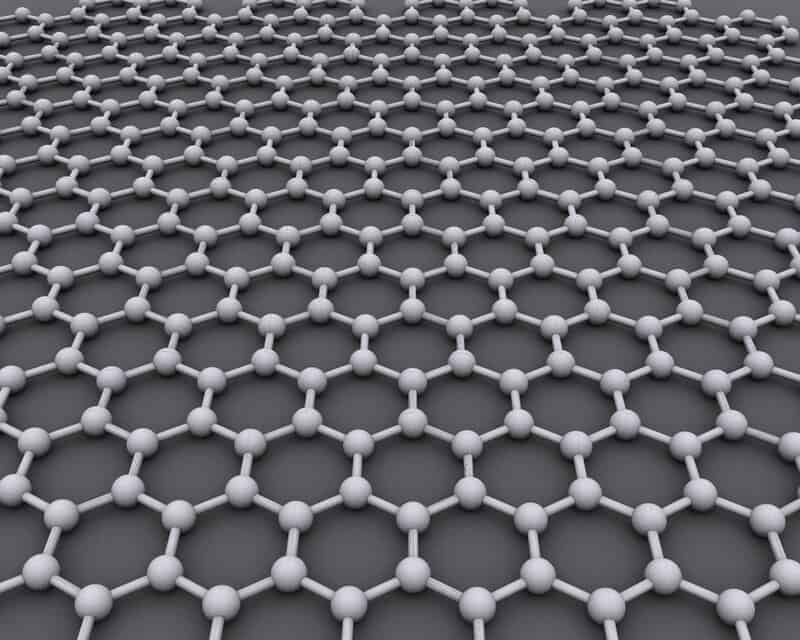
What truly sets aerographene apart is its specific strength—the ratio of strength to weight—which far exceeds that of steel.
According to Scientific American, despite its minimal mass, aerographene can withstand significant pressure and stress.
This unique combination means that, pound for pound, it is actually stronger than steel.
Such an unprecedented strength-to-weight ratio unlocks transformative possibilities for engineering, from aerospace components to next-generation constructions where every gram counts.
4. Born in the Lab: A 2013 Breakthrough

Aerographene’s journey began in 2013, when scientists at Zhejiang University first synthesized this extraordinary material.
Their breakthrough sparked worldwide excitement, making aerographene a major focus in advanced material science.
Since then, research groups across the globe have explored its properties and potential, aiming to harness its unique characteristics for a range of revolutionary applications.
5. 99.98% Air: The Secret to Its Lightness
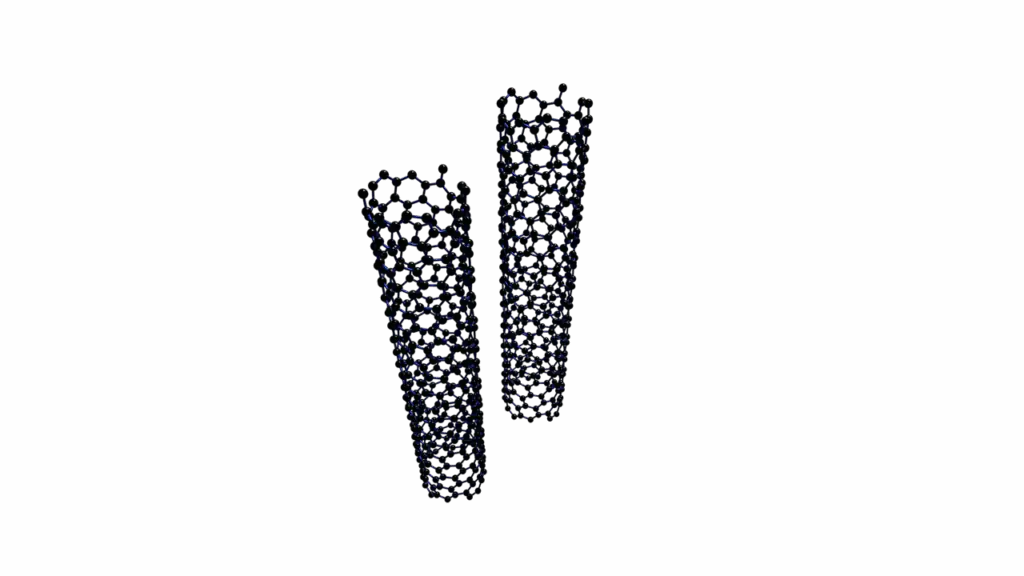
The incredible lightness of aerographene comes from its three-dimensional mesh structure, which is composed of a network of ultra-thin carbon sheets.
Astonishingly, 99.98% of its volume is air.
This porous framework allows the material to maintain its shape and resilience, while barely adding any weight—an engineering marvel that redefines what’s possible in lightweight design.
6. Recovering from Compression
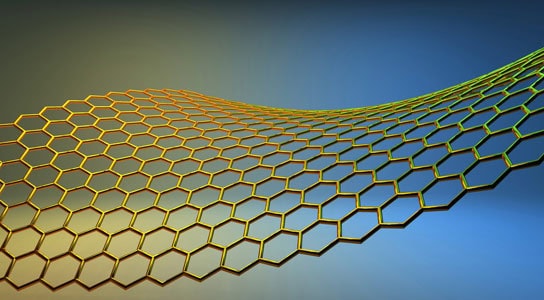
One of aerographene’s most remarkable features is its resilience under pressure.
According to Nature Nanotechnology, this material can be compressed by over 90% of its height and still return to its original shape.
Such extraordinary elasticity is nearly unheard of in conventional solids, making aerographene an ideal candidate for applications where durability and flexibility are essential.
7. Absorbing Oil Like a Sponge

Aerographene isn’t just light and strong—it’s also an exceptional absorbent.
Thanks to its porous structure, it can soak up to 900 times its own weight in oil, as reported by Phys.org.
This remarkable property makes it a promising solution for tackling oil spills and other environmental disasters, acting much like a super-sponge on a microscopic scale.
8. The Power of Graphene

At the heart of aerographene lies graphene—a single layer of carbon atoms arranged in a hexagonal lattice.
This atomic structure provides exceptional strength, flexibility, and electrical conductivity.
By harnessing the inherent properties of graphene, aerographene inherits not only remarkable durability but also the potential for use in advanced electronic and energy applications.
9. Carbon Nanotubes: Skeleton of the Material

Carbon nanotubes serve as the skeletal framework within aerographene, weaving through its structure to dramatically boost mechanical strength.
These tubular carbon molecules act like microscopic beams, reinforcing the aerogel and enhancing its resilience.
By integrating carbon nanotubes, researchers create a material that’s not just incredibly light but also durable—capable of withstanding forces that would crush most other lightweight substances.
10. Applications in Aerospace Engineering

Aerographene’s unique combination of lightness and strength makes it a game-changer for aerospace engineering.
According to NASA Technology Reports, this material is an ideal candidate for next-generation aircraft and spacecraft components, where every gram saved improves efficiency.
Its ability to withstand extreme conditions while minimizing mass could lead to lighter, more fuel-efficient vehicles and even open up new design possibilities for future space exploration.
11. Game-Changer for Oil Spill Cleanup

Aerographene’s super-absorbent properties have positioned it as a breakthrough tool for tackling environmental disasters.
As highlighted by National Geographic, its ability to rapidly soak up oil makes it invaluable for oil spill remediation.
The material’s efficiency and reusability could dramatically reduce the environmental impact of future spills, enabling faster, more effective cleanups with minimal waste.
12. Battery and Supercapacitor Innovation

Aerographene’s amazing conductivity and ultra-light structure are transforming energy storage technology.
As reported in the Energy & Environmental Science Journal, incorporating aerographene into batteries and supercapacitors can significantly boost efficiency while slashing weight.
This means lighter, longer-lasting power sources for everything from portable electronics to electric vehicles—potentially revolutionizing how we store and use energy in the near future.
13. Insulation That Defies Gravity
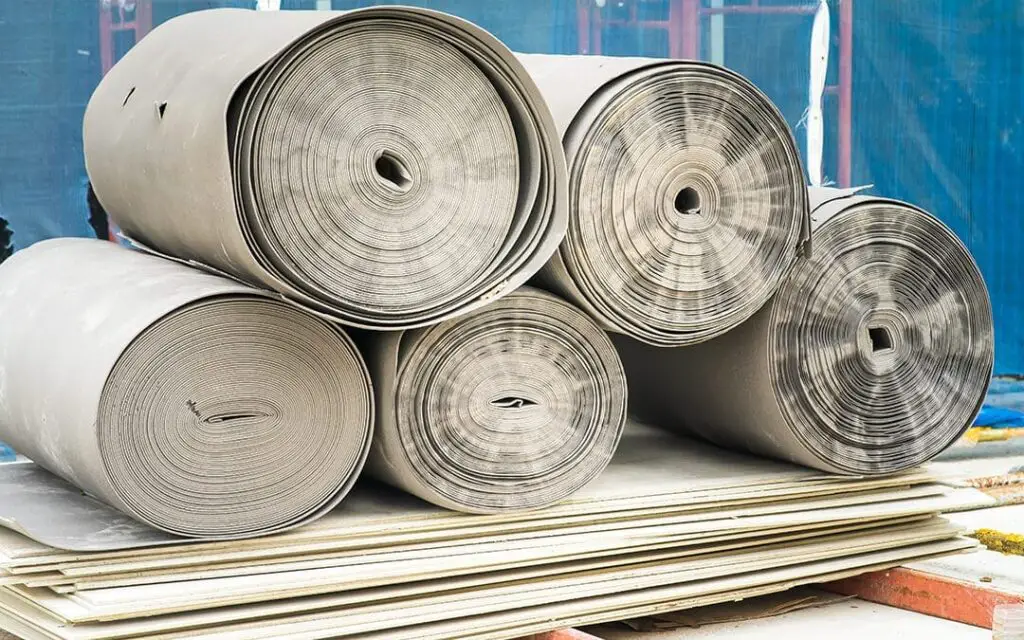
Aerographene’s low density and porous network make it a superior insulator for both heat and sound.
According to Science Magazine, it is being explored for use in buildings and vehicles, where its featherweight profile doesn’t compromise performance.
This advance could lead to more energy-efficient structures and quieter, lighter modes of transportation—redefining insulation for the modern world.
14. Water Purification Solutions

Beyond its mechanical marvels, aerographene’s porous and absorbent structure positions it as a powerful tool for water purification.
Studies in ACS Nano Letters show how it can efficiently filter out a range of contaminants, from heavy metals to organic pollutants.
This potential could transform access to clean water, offering a lightweight, reusable solution for both industrial and humanitarian applications.
15. Flexible and Durable Sensors

Aerographene’s unique blend of flexibility and resilience makes it ideal for next-generation sensors.
According to Nature Electronics, it enables the creation of ultra-sensitive devices for use in electronics and medical diagnostics.
These sensors can bend and stretch without breaking, offering reliable performance in wearable technology and advanced healthcare monitoring.
16. Next-Generation Wearable Tech

Aerographene is paving the way for ultra-light, comfortable wearable devices that don’t sacrifice durability or function.
Its integration allows for advanced monitoring of health metrics, movement, and environmental conditions—all without weighing users down.
This breakthrough material could soon become the backbone of smart clothing, fitness trackers, and medical wearables that are as unobtrusive as they are intelligent.
17. Environmental Monitoring

Aerographene’s sensitivity and adaptability make it a powerful component in environmental sensors.
Research published in Environmental Science & Technology demonstrates its ability to detect even trace amounts of pollutants and toxins in both air and water.
This capability could revolutionize real-time environmental monitoring, offering early warnings and better protection for ecosystems and public health.
18. Biomedical Possibilities
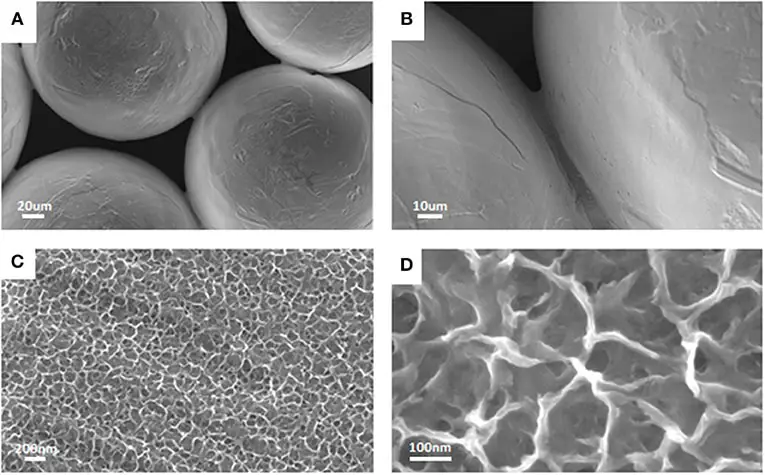
The biomedical field is buzzing with excitement over aerographene’s biocompatibility and versatility.
According to Advanced Healthcare Materials, it may soon be used for targeted drug delivery, tissue engineering scaffolds, and lightweight medical implants.
Its porous structure allows for controlled release of medications and cell growth, while its strength ensures implants remain durable yet unobtrusive within the body—ushering in a new era of advanced medical solutions.
19. Transparent Electronics

Aerographene’s ultra-thin, conductive films are enabling the development of flexible, transparent electronics.
These films can be integrated into next-generation displays, touchscreens, and even transparent solar panels.
Their flexibility and conductivity allow for devices that bend and stretch, opening up possibilities for innovative wearable tech, curved displays, and efficient, unobtrusive solar energy solutions.
20. Eco-Friendly Manufacturing

As aerographene moves closer to commercial adoption, researchers are focusing on sustainable manufacturing methods.
The Green Chemistry Journal highlights new processes that reduce energy use and minimize waste during production.
These eco-friendly approaches ensure that the benefits of aerographene—lightness, strength, and versatility—can be realized without compromising environmental responsibility.
This shift is crucial for the material’s future scalability and acceptance.
21. Challenges to Widespread Adoption
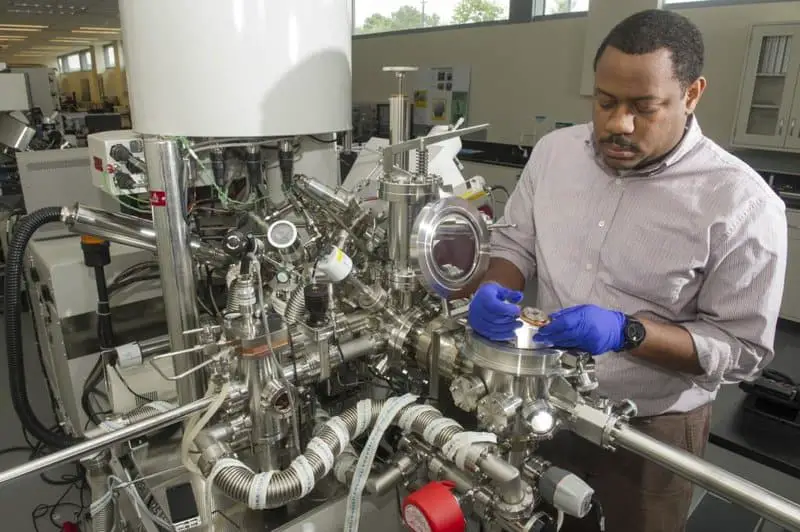
Despite its promise, aerographene faces significant hurdles before it can become a mainstream material.
According to Materials Today, challenges include scaling up production, maintaining cost-effectiveness, and ensuring long-term stability under various conditions.
Overcoming these obstacles will require continued research and innovation, but the potential rewards make this a frontier worth pursuing for scientists and engineers alike.
22. A Glimpse Into the Future

As researchers refine manufacturing techniques and costs decrease, aerographene could revolutionize countless industries.
From next-level transportation and energy storage to sustainable construction and advanced medical technology, its impact may soon be felt everywhere.
We’re witnessing just the beginning of what this featherweight marvel can achieve—a future where materials science continuously redefines what’s possible in everyday life and beyond.
23. It’s Official: The Lightest Solid on Earth
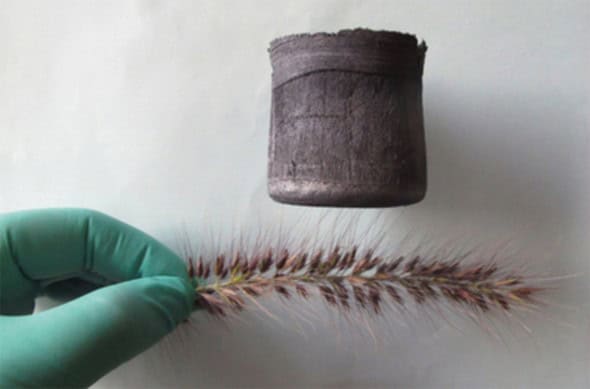
Aerographene’s status as the lightest solid ever made is now recognized by Guinness World Records.
This historic achievement is more than a scientific novelty—it’s driving a shift in how material scientists approach design and innovation, inspiring new possibilities that challenge the limits of what materials can do.
24. Where to See Aerographene in Action

If you’re curious to witness aerographene’s properties firsthand, several labs and expos have showcased prototypes and live demonstrations.
According to BBC News, viewers have watched it balance on flower petals and soak up oil before their eyes.
These events highlight the tangible progress being made with this astonishing material.
25. The Next Step: Commercialization

A wave of startups and commercial ventures are now racing to translate aerographene’s promise into real-world products.
According to MIT Technology Review, these innovators are targeting sectors from energy storage to environmental cleanup.
Their efforts could soon make aerographene-based technologies widely available, accelerating the material’s transition from laboratory marvel to daily reality.
Conclusion

Aerographene stands as a milestone in material science, blending record-breaking lightness with extraordinary strength and versatility.
Its emergence promises to revolutionize industries—from aerospace and energy to medicine and environmental protection.
As researchers and entrepreneurs continue to overcome production challenges, we are on the cusp of a new era in advanced materials.
Stay tuned: the world’s lightest solid may soon become the backbone of tomorrow’s most transformative technologies.

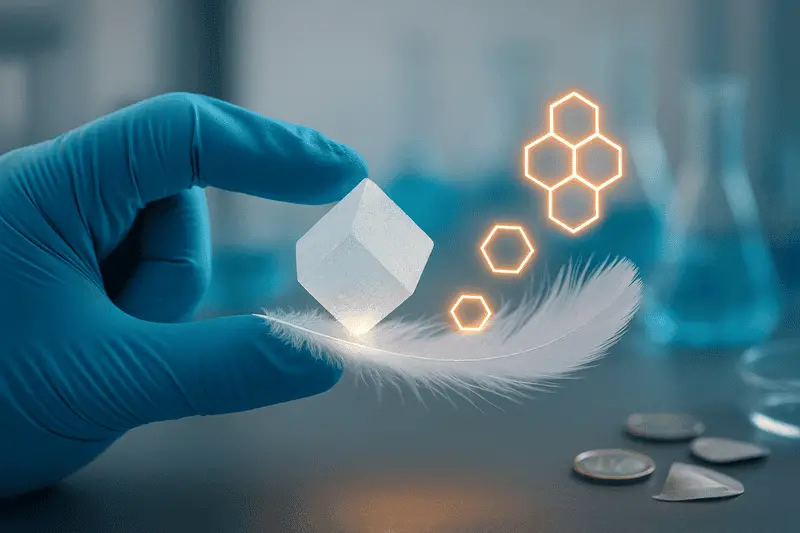

Vielleicht interessiert es Sie:
Wussten Sie! Minensuchratten auf dem Schlachtfeld und sie sind super effektiv!
Wie viele Giraffenarten gibt es? Leben sie alle in Afrika?
Der Vogel ist das Weibchen der Vögel: wahr oder falsch?
Warum bauen Biber Dämme? Welchen Nutzen?
Warum leben manche Tiere nachtaktiv? Welche Vorteile?
Küssen Tiere? Ist das die gleiche Bedeutung wie Menschen?
200+ Hilarious Seahorse Jokes That Will Make You Smile and Giggle
200+ Funny Investment Jokes to Boost Your Financial Humor Game